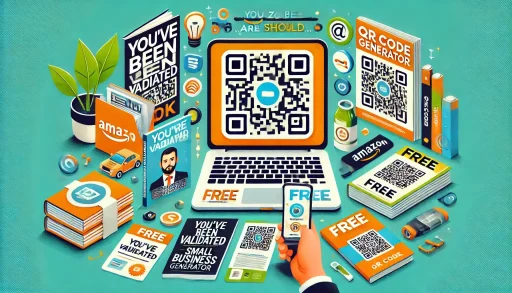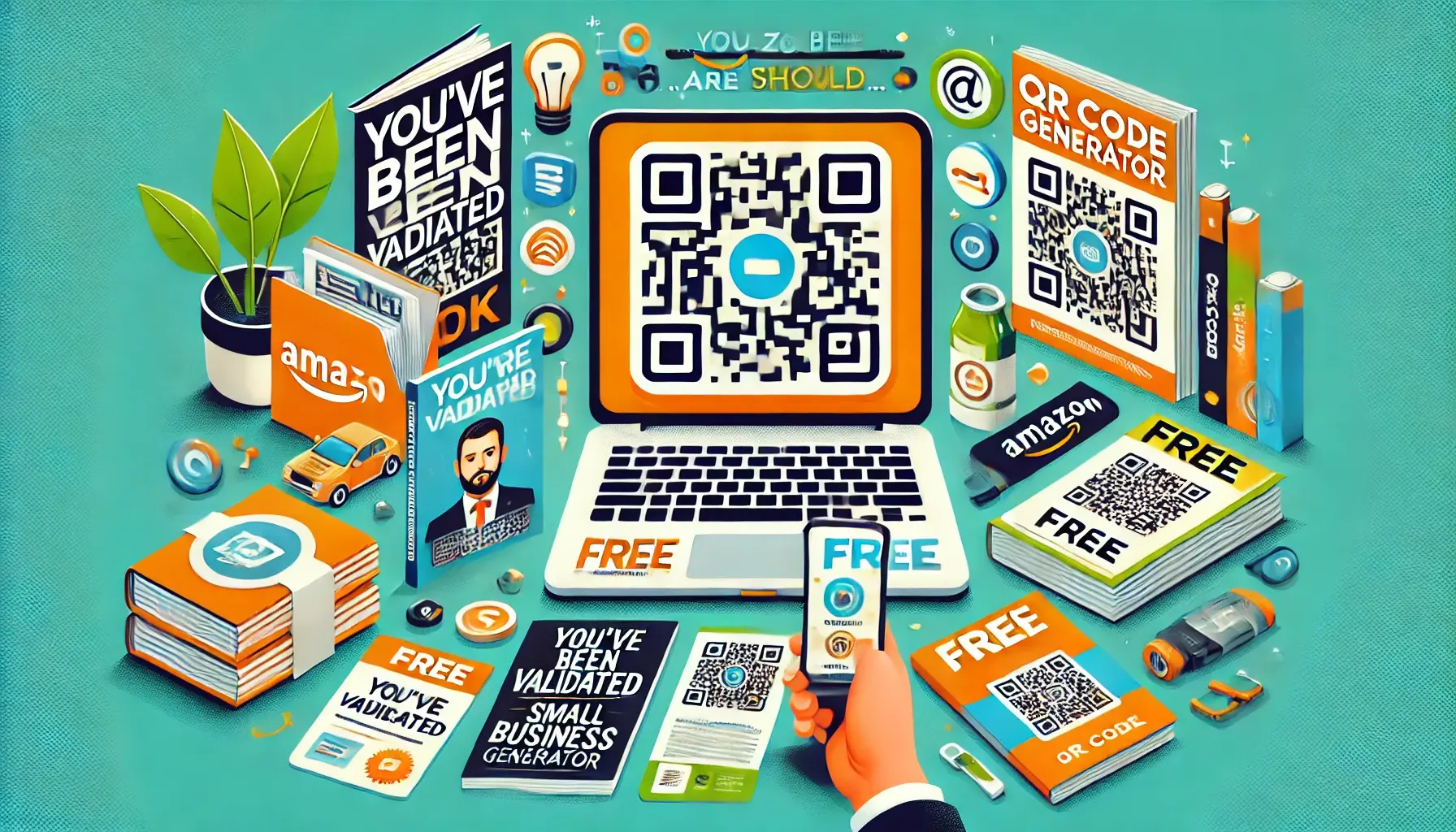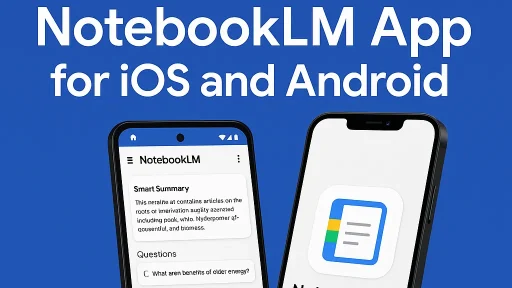QR Code Generators Are Free… or They Should Be
In today’s digital age, QR codes have become a cornerstone of marketing strategies, seamlessly bridging the gap between physical and digital worlds. From restaurant menus to book promotions, these small, pixelated squares offer a quick way to connect with audiences. However, a recent conversation with my friend Keith about his sister Val’s experience with a QR code generator revealed a frustrating reality: some services charge users after a certain number of scans. Val, the author of the inspiring book You’ve Been VALidated: A Playbook for Confidence and Connection, used one such service to promote her book, only to find herself facing unexpected costs. This experience prompted me to explore why QR codes should be free and to create a free alternative at my website. That’s right, my QR Code Generator does all the fancy stuff and doesn’t ask you to pay for anything.
Yes, that’s right, you can use my FREE QR Code Generator
In this post, I’ll dive into what QR codes are, how they’re used in book marketing, why some generators charge, and why free options are often the best choice for authors and small businesses. By the end, you’ll understand how to leverage QR codes without breaking the bank.
What Are QR Codes and Their Role in Marketing?
QR codes, or Quick Response codes, are two-dimensional barcodes that smartphones can scan to access digital content, such as websites, social media profiles, or contact details. Invented in 1994 by Denso Wave, a Japanese company, for tracking automotive parts, QR codes have evolved into a versatile marketing tool, especially since modern smartphones began including built-in scanners around 2017 (Medium).
In book marketing, QR codes are a game-changer. Authors can embed them in book covers, bookmarks, or flyers to direct readers to:
- Purchase pages: Link directly to a book’s listing on platforms like Amazon.
- Author websites: Share more about the author’s work or upcoming events.
- Exclusive content: Offer free chapters, reader magnets, or newsletter sign-ups.
- Social media: Connect with readers on platforms like X or Instagram.
For example, a QR code on Val’s book could guide readers to her Amazon page, making it easy for them to buy You’ve Been VALidated. According to Book Brush, QR codes act as “clickable links” on physical materials, boosting engagement by simplifying access to digital content.
Creating a basic QR code is often free, with many online tools offering static codes that link to a fixed URL. However, some services provide dynamic QR codes with advanced features, which can come with costs, as Val discovered.
Why Do Some QR Code Generators Charge?
The distinction between static and dynamic QR codes explains why some generators charge. Here’s a breakdown:
| Feature | Static QR Code | Dynamic QR Code |
|---|---|---|
| Cost | Usually free | Often requires subscription or scan limits |
| Editability | Fixed URL, cannot be changed | URL can be updated without changing the code |
| Tracking | No scan analytics | Tracks number, location, and time of scans |
| Customization | Limited (basic design options) | Advanced (logos, colors, branding) |
| Use Case | Simple links (e.g., book purchase page) | Marketing campaigns needing flexibility |
Dynamic QR codes are appealing for businesses that need to track campaign performance or update links without reprinting materials. For instance, a publisher might use a dynamic code to monitor how many readers scan a code on a book’s back cover and later redirect it to a new promotion. These features require server maintenance and analytics tools, which is why providers like QR Code Tiger charge for dynamic codes, often with plans based on scan volume or features.
However, Val’s experience highlights a common issue: some services impose scan limits even on basic plans, charging users once those limits are exceeded. This can feel exploitative, especially since generating a QR code is a low-cost process, and static codes require minimal server resources (Jotform Blog). For authors or small businesses, these costs can add up quickly, making free alternatives more attractive.
The Case for Free QR Codes
At their core, QR codes are just encoded links, and the technology to create them is widely available. Since Denso Wave’s patents expired, anyone can develop a QR code generator without legal barriers, fostering a market of free tools (UPrinting). Here’s why QR codes should be free for most users:
- Basic Needs Are Simple: For authors like Val, a QR code’s primary job is to link to a static page, such as her book’s Amazon listing. Static codes handle this perfectly without needing tracking or updates.
- Cost Barriers Hurt Small Creators: Authors and small businesses often operate on tight budgets. Paying for scans, as Val did, adds an unnecessary expense when free tools like offer unlimited scans.
- Accessibility Matters: Marketing tools should be inclusive. Free QR codes ensure that creators of all backgrounds can promote their work without financial hurdles (Writers On The Move).
- Abundance of Free Options: Numerous platforms provide free static QR codes, and even some dynamic features are available without cost on certain plans (Kindlepreneur).
Charging for scans, especially for static codes, seems unnecessary when the technology is so accessible. While dynamic codes have their place, many users don’t need these features, making free static codes the ideal choice.
A Free QR Code Generator for Everyone
Frustrated by Val’s experience, I decided to take action and created a free QR code generator at my website. This tool focuses on simplicity, allowing users to generate static QR codes with no scan limits or hidden fees. It’s designed for authors, small businesses, and anyone who needs a reliable QR code without the hassle of subscriptions.
Here’s what my generator offers:
- Free Static Codes: Create QR codes that link to any URL, with unlimited scans.
- User-Friendly Interface: Input your URL, generate the code, and download it in seconds.
- No Hidden Costs: Unlike some services, there are no surprise fees or scan caps.
While it currently supports only static codes, it meets the needs of most users, including authors promoting books like You’ve Been VALidated. I encourage you to try it for your next marketing campaign, whether you’re linking to a book page, a website, or a social media profile.
How to Use QR Codes Effectively in Book Marketing
To maximize the impact of QR codes, consider these tips from industry experts:
- Clear Call to Action: Include text near the QR code, like “Scan to buy the book” or “Get a free chapter”
- Strategic Placement: Place codes on book covers, bookmarks, or event posters where readers are likely to see them (Author Media).
- Test Before Printing: Ensure the code works on multiple devices to avoid broken links (QR Code Generator).
- Link to Valuable Content: Direct readers to engaging content, such as a book’s purchase page or a newsletter sign-up, to boost conversions.
By using a free generator like mine, you can implement these strategies without worrying about scan limits or costs.
Conclusion
QR codes are a powerful tool for connecting with readers, but they shouldn’t come with a price tag for basic use. While dynamic QR codes offer advanced features, static codes are more than sufficient for most authors and small businesses. By choosing free tools, like the generator at my website, you can promote your work effectively without unnecessary expenses.
If you’re inspired by Val’s story, check out her book, You’ve Been VALidated: A Playbook for Confidence and Connection, on Amazon. And next time you need a QR code, skip the paid services and opt for a free solution that gets the job done. Let’s keep QR codes accessible and free, just as they should be.





